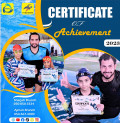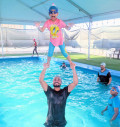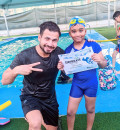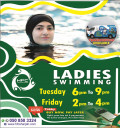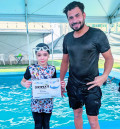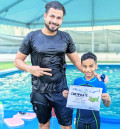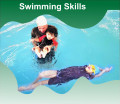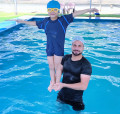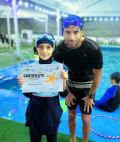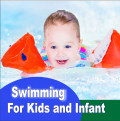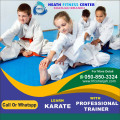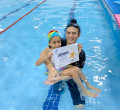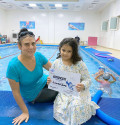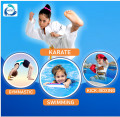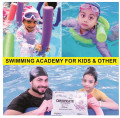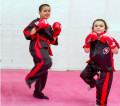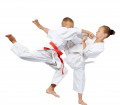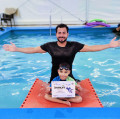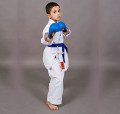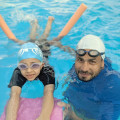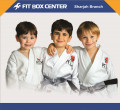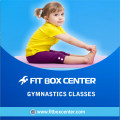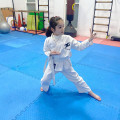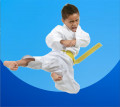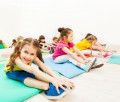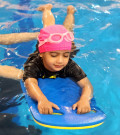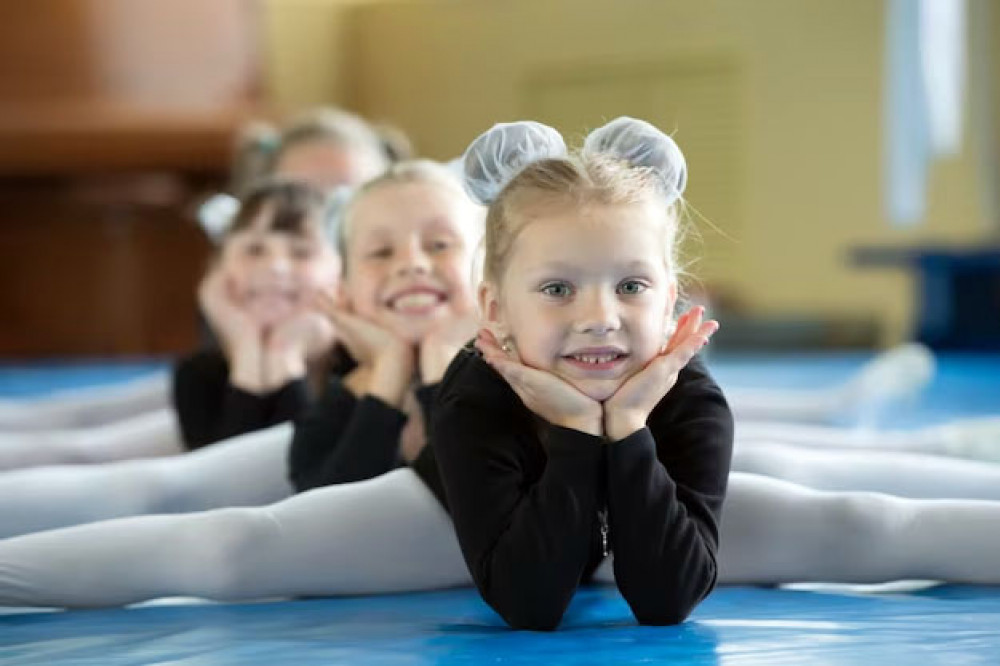
Gymnastics for Kids Let's Learn the Split Step
2023-12-21 - gymnasticGymnastics isn't just about flips and tumbles; it's a
fantastic way for kids to develop physical, mental, and emotional skills. One
essential aspect of gymnastics that contributes to overall flexibility and
control is the split step. In this article, we'll explore the world of
gymnastics for kids, focusing on the importance of the split step and how
parents can support their children in this exciting journey.
Physical Health Advantages
Gymnastics helps kids develop strength, flexibility, and
coordination. The split step, in particular, enhances lower body flexibility
and muscle control, contributing to better overall physical health.
Mental and Emotional Development
Beyond the physical benefits, gymnastics fosters discipline,
focus, and perseverance. Learning the split step teaches kids the value of
practice and determination, building a strong foundation for their mental and
emotional well-being.
Getting Started with Gymnastics
While there's no specific age requirement, starting
gymnastics early allows kids to develop foundational skills. Many programs
offer classes for children as young as three, focusing on fundamental movements
and coordination.
Finding a Suitable Gymnastics Class
Research local gymnastics programs and choose one that
aligns with your child's age, skill level, and interests. A supportive and
qualified coach can make a significant difference in your child's gymnastics experience.
Understanding the Split Step in Gymnastics
The split step involves spreading the legs apart, creating a
flexible and balanced position. It plays a crucial role in various gymnastic
routines, contributing to seamless transitions between movements and enhancing
overall grace and control.
How Split Steps Contribute to Overall Flexibility
Practicing the split step regularly improves a child's
flexibility, particularly in the hip flexors and hamstrings. This flexibility
is essential for mastering advanced gymnastic skills and routines.
Preparing Your Child for the Split Step
Before attempting the split step, ensure your child performs
appropriate warm-up exercises. This helps prevent injuries and prepares the
muscles for the required movements.
Building Core Strength
A strong core is vital for executing the split step with precision.
Incorporate core-strengthening exercises into your child's routine, such as
planks and leg lifts.
Learning the Split Step
Start with Basic Stretches: Teach your child basic stretches
to gradually increase flexibility.
Practice Lunge Positions: Introduce lunge positions to help
them get comfortable with the concept of spreading their legs.
Gradual Progression: Encourage gradual progression, moving
from wider lunges to a full split step over time.
Common Mistakes to Avoid
Skipping Warm-ups: Ensure your child warms up adequately
before attempting the split step.
Overexertion: Avoid pushing your child too hard; progress
should be gradual to prevent injuries.
Fun and Engaging Activities for Kids
Incorporating Games into Gymnastics Training
Make learning the split step enjoyable by incorporating
games. For example, turn flexibility exercises into a friendly competition or
create a mini-routine with imaginative storytelling.
Keeping Kids Motivated
Celebrate small achievements and milestones. Positive
reinforcement and encouragement go a long way in keeping kids motivated and
excited about gymnastics.
Safety Measures in Gymnastics
Always ensure that qualified coaches are present during
training sessions. Proper supervision minimizes the risk of injuries and
ensures that children are learning correct techniques.
Selecting Appropriate Equipment
When practicing the split step, use appropriate gymnastics
mats and ensure the training area is free of obstacles. Safety should be a top
priority.
Common Challenges and Solutions
Acknowledge your child's fears and provide a supportive
environment. Break down the split step into manageable steps, allowing them to
conquer each phase at their own pace.
Dealing with Initial Muscle Soreness
Expect some muscle soreness initially. Teach your child the
importance of stretching after each session to alleviate soreness and prevent
injuries.
Progress Tracking in Gymnastics
Encourage goal-setting to track progress. Whether it's
mastering the split step or perfecting a routine, setting achievable goals
motivates kids to strive for continuous improvement.
Celebrating Small Victories
Every small achievement is a step toward mastery. Celebrate
your child's efforts and victories, fostering a positive attitude toward
gymnastics.
Building Confidence through Gymnastics
Offer praise and positive reinforcement consistently.
Confidence is a key component of successful gymnastics, and your encouragement
plays a significant role in building it.
Encouraging a Growth Mindset
Teach your child that improvement comes with practice. A
growth mindset fosters resilience and a willingness to embrace challenges.
Friendships in the Gym
Gymnastics classes provide an excellent opportunity for kids
to make friends who share similar interests. Encourage.







.jpg)




















